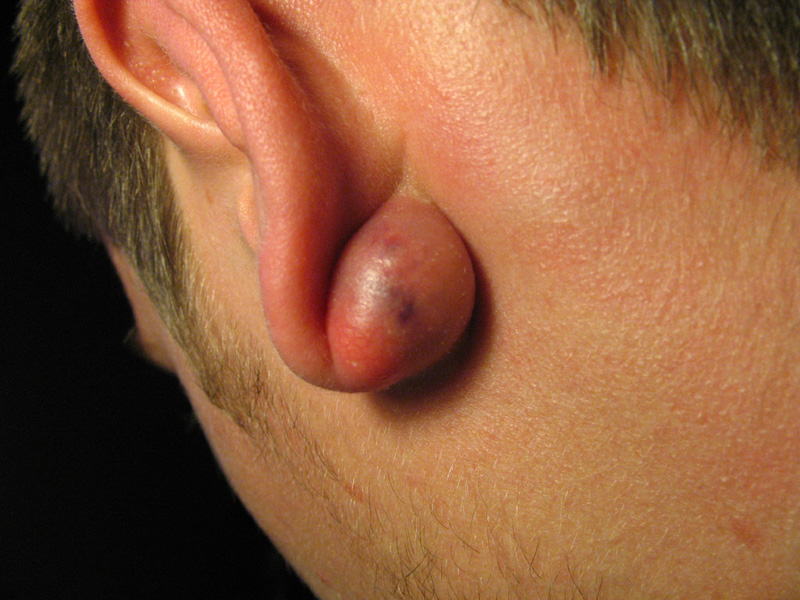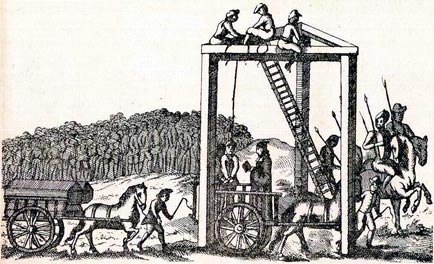I just read a really interesting article in the scholarly journal Social History of Medicine, Volume 28 Issue 4 November 2015. The article is titled “‘A virtue beyond all medicine’: The Hanged Man’s Hand, Gallows Tradition and Healing in Eighteenth- and Nineteenth-century England” and was written by Owen Davies and Francesca Matteoni. You can download and read the article free by linking on the article title. I’m not sure how long it will be available at no cost, so click now if you want to know more after you’ve read my post.
Medicine is one aspect of history that causes people in the modern world to denigrate those in the past for their beliefs and behaviors. We wonder how they could possibly believe that various treatments could be curative. It also makes me wonder which of our medical practices are going to cause people a couple of hundred years from now to shake their heads in wonder at our naïveté and ignorance.
In the last half of the eighteenth century and the first half of the nineteenth century, many people believed that being stroked by the hand of a dead man who had just been hanged would cure all types of swellings and skin complaints. Wens, or what we would call sebaceous cysts, were painful and disfiguring and were one of the most common skin problems.

One example of a sebaceous cyst. If you want to see how horribly bad they can get so you can understand the desperation, you can do a Google images search. Photo: Wikimedia Commons
After a criminal had been executed, sufferers were allowed onto the gallows and the executioner would stroke the affected area with the dead man’s hand. Of course there were some executioners who took this opportunity to line their pockets by charging for this service.
Does this work with any dead body, or was it necessary that the death be from execution? There were conflicting views at the time, based on religious views and science-y explanations about having the body be recently deceased. Of course, an execution was really the only time when you knew exactly when and where you were going to have access to someone right after they died.

WORK 16/376; is an illustration, said to be from about 1680, of the permanent gallows at Tyburn, which stood where Marble Arch now stands. This necessitated a three-mile cart ride in public from Newgate prison to the gallows. Huge crowds collected on the way and followed the accused to Tyburn. They were used as the gallows for London offenders from the 16th century until 1759.” Photo: The National Archives (United Kingdom) via Wikimedia Commons
The authors of this article were able to use recently digitized English newspaper articles as primary sources and found recorded cases of stroking from 1758 through 1863. England abolished public executions in 1868.
The authors don’t mention finding any record of people actually being cured. Were people so desperate for relief that they were willing to try anything? Or did they actually believe that this treatment would cure them? While the newspaper articles can tell us that people lined up for this potential cure, they can’t tell us what each of these people were thinking.
Tell the truth, how many times have you tried something that you considered an “old wives’ tale” because there is a chance that it might work, and it can’t hurt to try?
